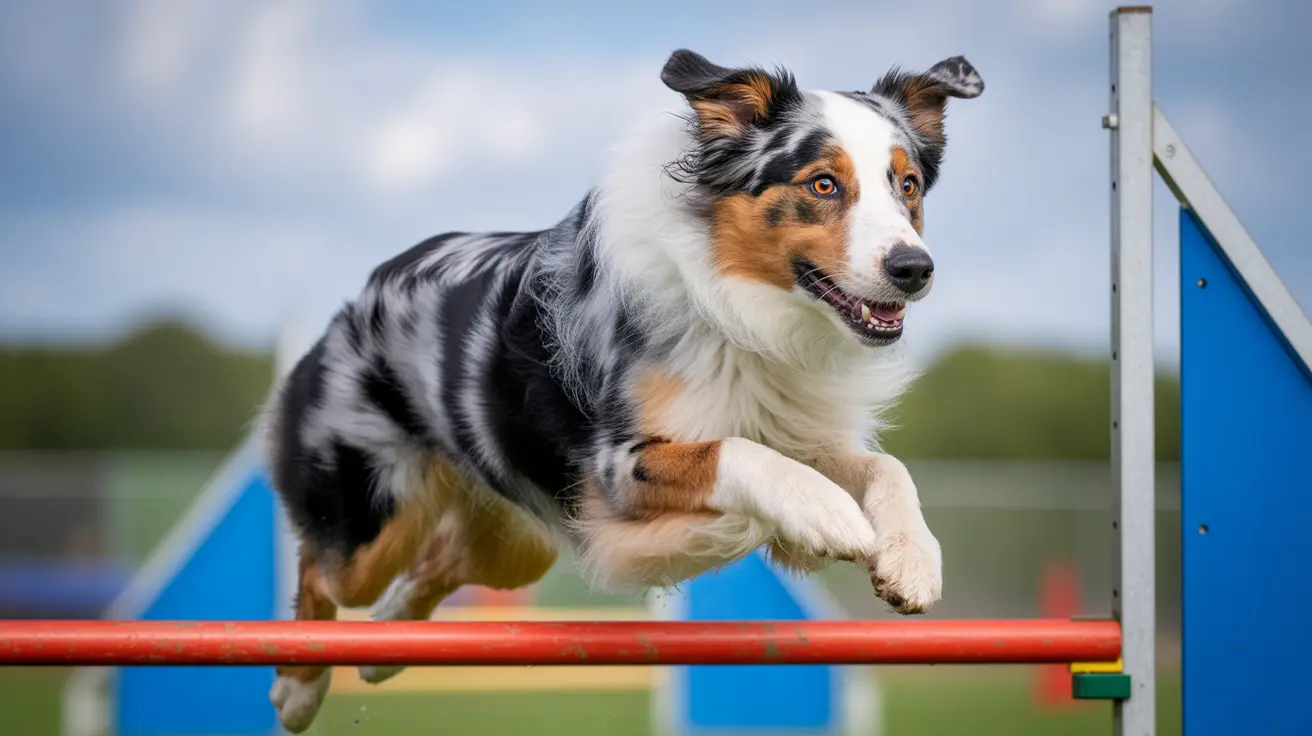Understanding How Long HOD Lasts in Dogs
Hypertrophic osteodystrophy (HOD) is a **painful and potentially serious developmental bone disease** affecting fast-growing, large and giant breed puppies. The duration of HOD episodes and the overall course of the disease can vary depending on the severity of the condition, the dog’s genetics, and how early it is diagnosed and treated.
What Is HOD in Dogs?
HOD primarily impacts the metaphyseal areas of long bones, especially in the **distal radius, ulna, and tibia**. This disease affects puppies between **2 and 8 months of age**, most frequently surfacing between **3 to 5 months**.
Typical Duration of HOD Episodes
How long do episodes last? Mild to moderate HOD episodes usually **resolve within 7–10 days**. However, dogs may experience relapsing episodes until **skeletal maturity** — the point at which they complete bone growth, usually between 10 to 18 months depending on breed size.
Chronic or severe forms of HOD may last longer and can result in permanent complications if left untreated. Puppies with frequent relapses might require ongoing care.
Symptoms to Recognize
The symptoms of HOD can range from mild lameness to severe systemic illness. Common symptoms include:
- Swollen and painful joints
- Fever
- Lethargy or depression
- Loss of appetite
- Reluctance to walk or rise
- Discharge from eyes or nose
- Diarrhea and coughing in severe cases
Causes and Risk Factors
While the **exact cause remains unknown**, some contributing factors include:
- Genetics: Especially in breeds like Weimaraners and Great Danes
- Dietary imbalances: High calcium or caloric intake
- Excess vitamin/mineral supplementation
- Infections: Especially canine distemper virus
- Autoimmune responses or adverse vaccine reactions
Diagnosis and Monitoring
Diagnosis involves **physical examination** and **radiographic assessment**. X-rays typically show characteristic **radiolucent lines parallel to the growth plate**, known as "double physis" or pseudophyseal lines. Veterinarians may also perform blood tests to rule out other conditions.
Treatment and Prognosis
Treatment is supportive and depends on the severity of the case:
- NSAIDs for pain relief in mild cases
- Corticosteroids for systemic cases, especially in Weimaraners
- Hospital care: IV fluids, pain management, and antibiotics if needed
- Nutrition adjustment and avoiding excessive supplements
Most puppies **recover fully** with proper care, although relapse is possible. Permanent limb deformities are rare but can occur in severe or recurring cases.
Preventive Measures
While HOD cannot always be prevented, some measures may help reduce risk:
- Feed a **balanced diet** suitable for large breed puppies
- Avoid excessive **vitamin and mineral supplementation**
- Limit **vigorous activity** on hard surfaces during growth
- Provide safe housing and soft bedding
When to See a Veterinarian
If your puppy exhibits the symptoms listed above, especially **limping, swollen limbs, or fever**, consult your veterinarian immediately. Early diagnosis and supportive care significantly improve the outcome and may shorten the duration of HOD episodes.
Conclusion
HOD can be distressing for both the puppy and the owner, but episodes are often **self-limiting and resolve in 7–10 days**. The key is early recognition, appropriate treatment, and monitoring for relapses. With supportive care and nutritional management, most dogs grow up healthy and active, with no-long term issues.





